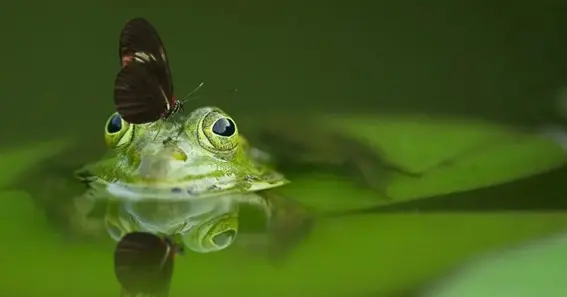In many Spanish-speaking cultures, the phrase sana sana colita de rana why frogs tail is instantly recognizable as part of a popular healing rhyme recited to soothe minor injuries in children. This intriguing saying not only carries a comforting melody but also sparks curiosity about its meaning and the symbolic use of a frog’s tail.
In this blog post, we dive into the cultural roots, possible interpretations, and enduring appeal of this timeless expression.
The Cultural Roots of “Sana Sana Colita de Rana”
Origins and Traditional Use
“Sana sana colita de rana” is a folk remedy and lullaby that has been passed down through generations. Parents often recite it to children when they suffer small cuts or bruises, implying that the healing will come gradually—”if you don’t heal today, you’ll heal tomorrow.”
Although the exact origin of the rhyme is unclear, it is deeply embedded in the oral traditions of Latin America and Spain.
The Symbolism Behind the Frog’s Tail
The curious mention of a “frog’s tail” in the rhyme is particularly fascinating given that frogs do not have tails. This element may serve several symbolic purposes:
- Absurdity for Comfort: The playful and nonsensical nature of referring to a non-existent frog’s tail can help distract and comfort children, transforming their pain into a moment of imaginative play.
- Magical Healing: In many cultures, frogs are seen as creatures with transformative powers. The imaginary tail could symbolize an element of magic or mystery, suggesting that even the smallest or seemingly impossible things can contribute to healing.
- Linguistic Playfulness: The rhyme is also a celebration of linguistic creativity, using unexpected imagery to captivate the listener and ease their distress.
Modern Interpretations and Continuing Relevance
Today, sana sana colita de rana why frogs tail is more than just a healing chant—it’s a cultural artifact. While modern medicine has advanced, the rhyme remains a beloved tradition that bridges generations. It reflects a time when oral traditions and simple remedies provided comfort in a way that transcends language and age.
FAQs
Q1: What does “sana sana colita de rana” literally mean?
A: The phrase translates roughly to “heal, heal, little frog tail.” It is used in a soothing context, encouraging gradual healing for minor injuries.
Q2: Why is there a mention of a frog’s tail when frogs don’t have tails?
A: The reference to a frog’s tail is symbolic and playful. It serves to engage children through absurdity and imaginative imagery, helping to distract them from pain and foster a sense of wonder.
Q3: Where did this healing rhyme originate?
A: The rhyme is rooted in Spanish and Latin American folklore. It has been passed down orally over generations, making it a cherished part of traditional cultural practices in these regions.
Q4: Is there any scientific basis behind using such rhymes for healing?
A: While the rhyme itself is not a medical treatment, it has psychological benefits. The calming effect of rhythmic language and parental comfort can reduce stress and help in the overall healing process, particularly in children.
Q5: How is this tradition maintained in modern times?
A: Despite advances in modern medicine, the rhyme persists as a comforting tradition. It is still commonly used by parents and caregivers to console children, serving as a reminder of the cultural heritage and the power of simple, affectionate rituals.








